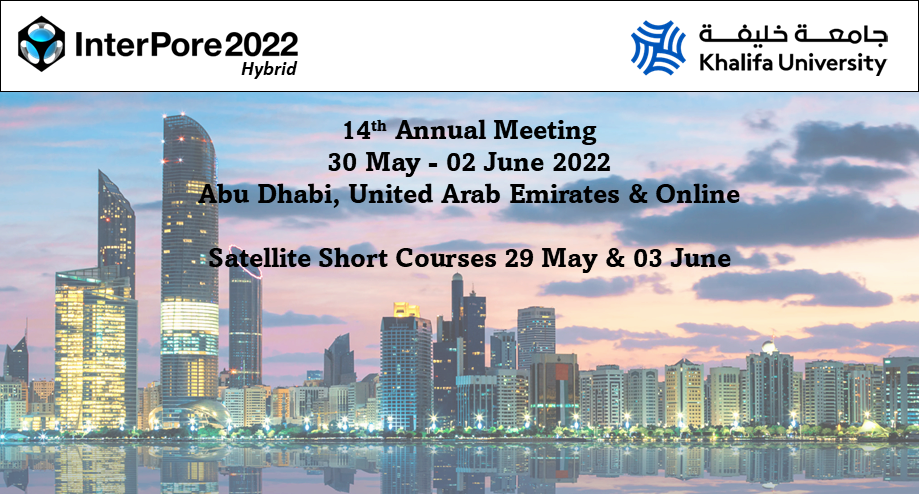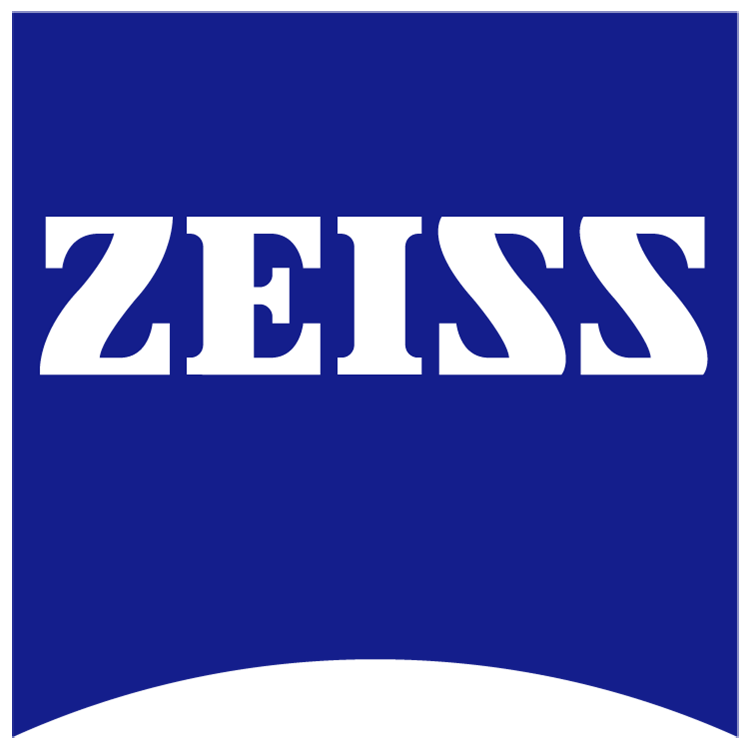Speaker
Description
Recirculating flows are increasingly being recognized as a common phenomenon in porous and fractured media. While tracer studies have shown that recirculating zones frequently contribute to anomalous transport observed in breakthrough curves, it is less clear how the recirculating flows may influence mixing and subsequent geochemical reaction. In the case of mineral dissolution, recirculation zones have been found to depress overall reaction as the zones trap fluid which then approaches saturation faster than outside the zones, reducing overall reaction rates.[1] In contrast, recirculating flows have been shown to enhance bimolecular and autocatalytic reactions, where the recirculating flow enhances mixing, thus enhancing overall reaction rates.[2,3] We have previously shown through microfluidic experiments and direct numerical simulation that a single pore throat can create recirculating flows at moderate to low Re numbers (~20) and creates reaction hot spots (see figure). In that system, the appearance of recirculating flows enhanced both mixing of solutes, however, increasing flow rates simultaneously reduces residence time in the pore throat, thus, a critical Re was observed which maximized reaction that represented a balance between mixing enhancement and pore throat residence time. In this work, we extend these results by presenting first the results of particle imaging velocimetry (PIV) experiments to better understand the nature of flow in our microfluidic experimental system. We then present the results for a bimolecular reaction in a microfluidic channel with a heterogeneous arrangement of pore throats. PIV results show clearly that in the single pore throat system, recirculating flows appear readily at moderate flow rates (Re number) common to porous media, while in multipillar experiments, we show that there is a general enhancement of reaction because solutes which are mixed in an upstream pore throat by recirculating flow have sufficient time to react as they proceed downstream. This work probes how mixing, reaction time scales, and transport time scales interact to influence overall reaction rates in a model porous media. The results of this work form the basis for better understanding how reaction kinetics observed in well mixed experiments are influenced by complex flow structures in porous media.
References
- Deng, H. & Spycher, N. Modeling Reactive Transport Processes in Fractures. Reviews in Mineralogy and Geochemistry 85, 49–74 (2019).
- Lee, S. H. & Kang, P. K. Three-Dimensional Vortex-Induced Reaction Hot Spots at Flow Intersections. Phys. Rev. Lett. 124, 144501 (2020).
- Nevins, T. D. & Kelley, D. H. Optimal Stretching in Advection-Reaction-Diffusion Systems. Phys. Rev. Lett. 117, 164502 (2016).
| Participation | Unsure |
|---|---|
| Country | United States of America |
| MDPI Energies Student Poster Award | No, do not submit my presenation for the student posters award. |
| Time Block Preference | Time Block C (18:00-21:00 CET) |
| Acceptance of the Terms & Conditions | Click here to agree |









